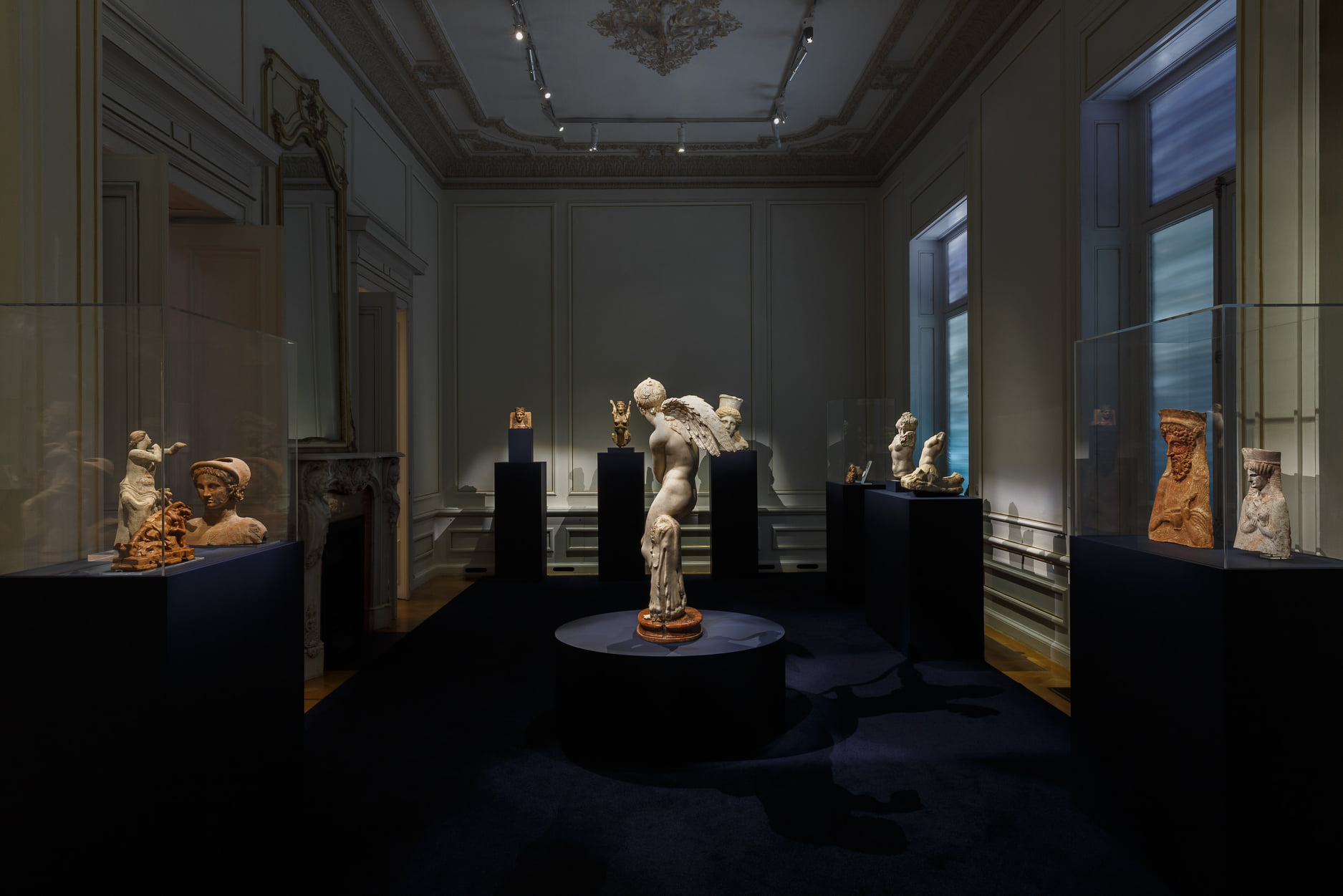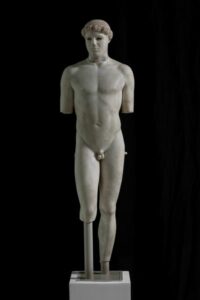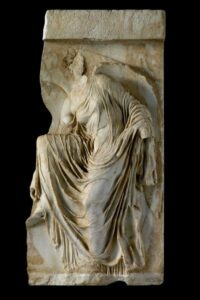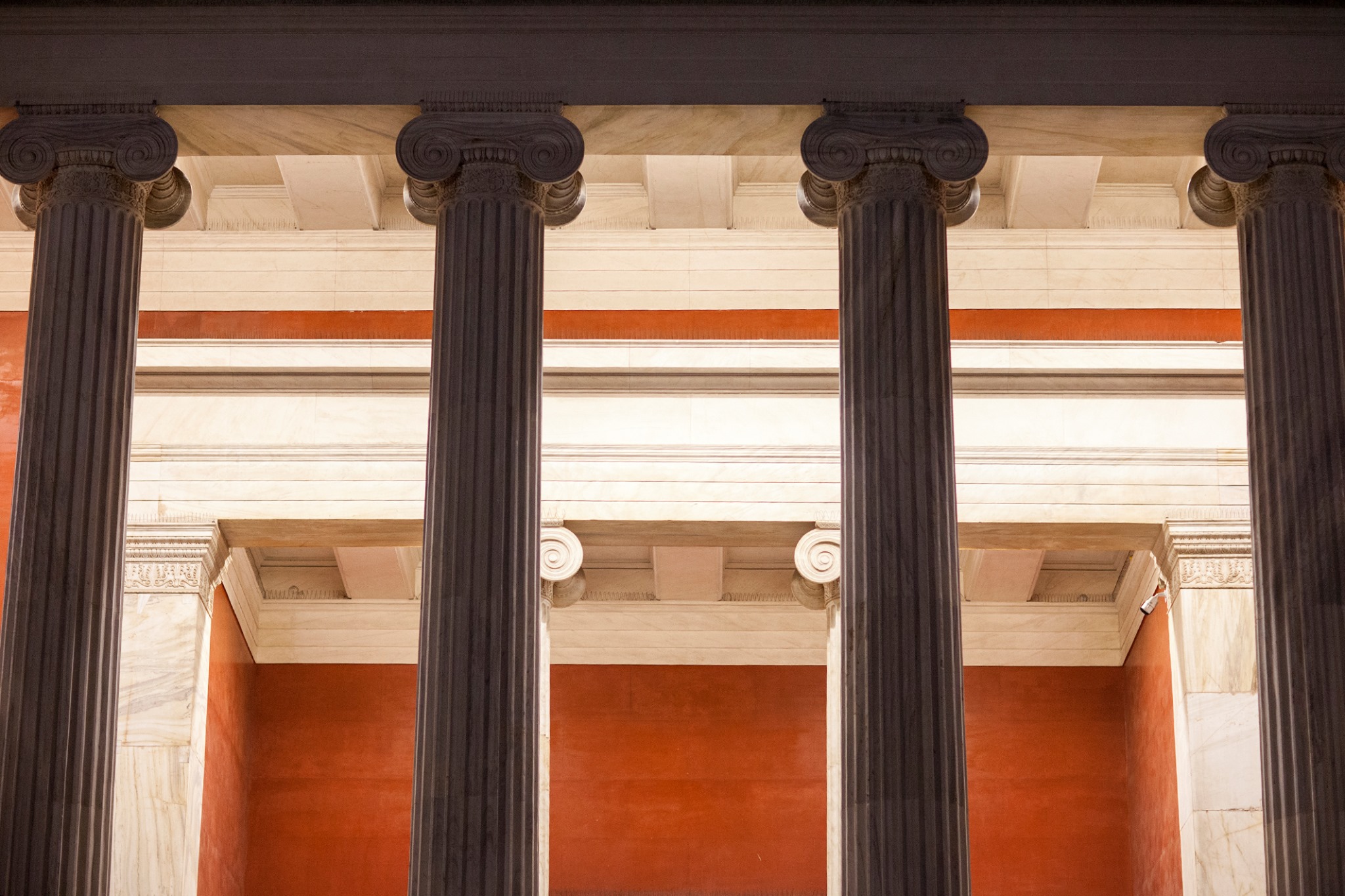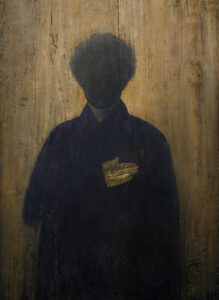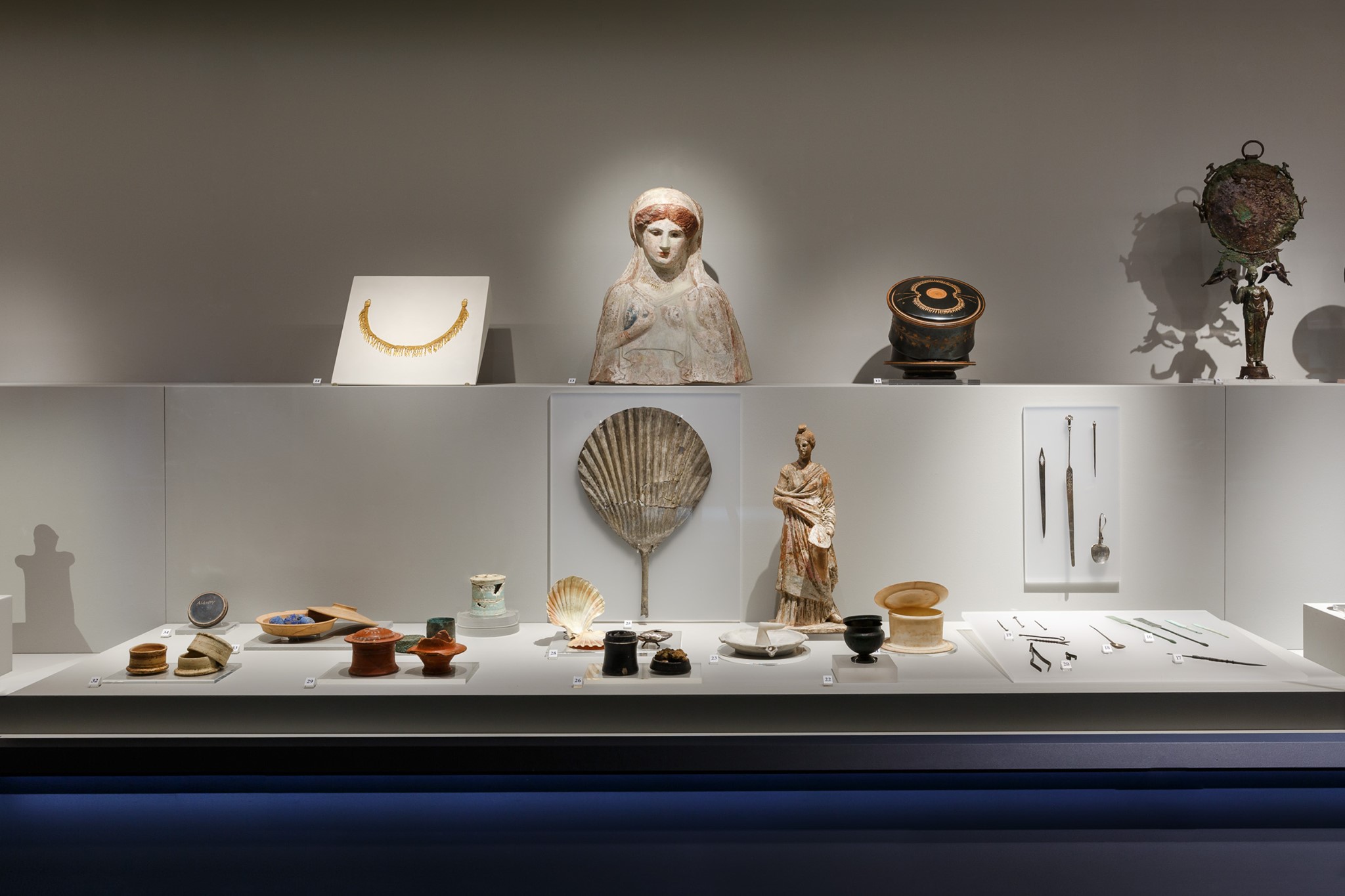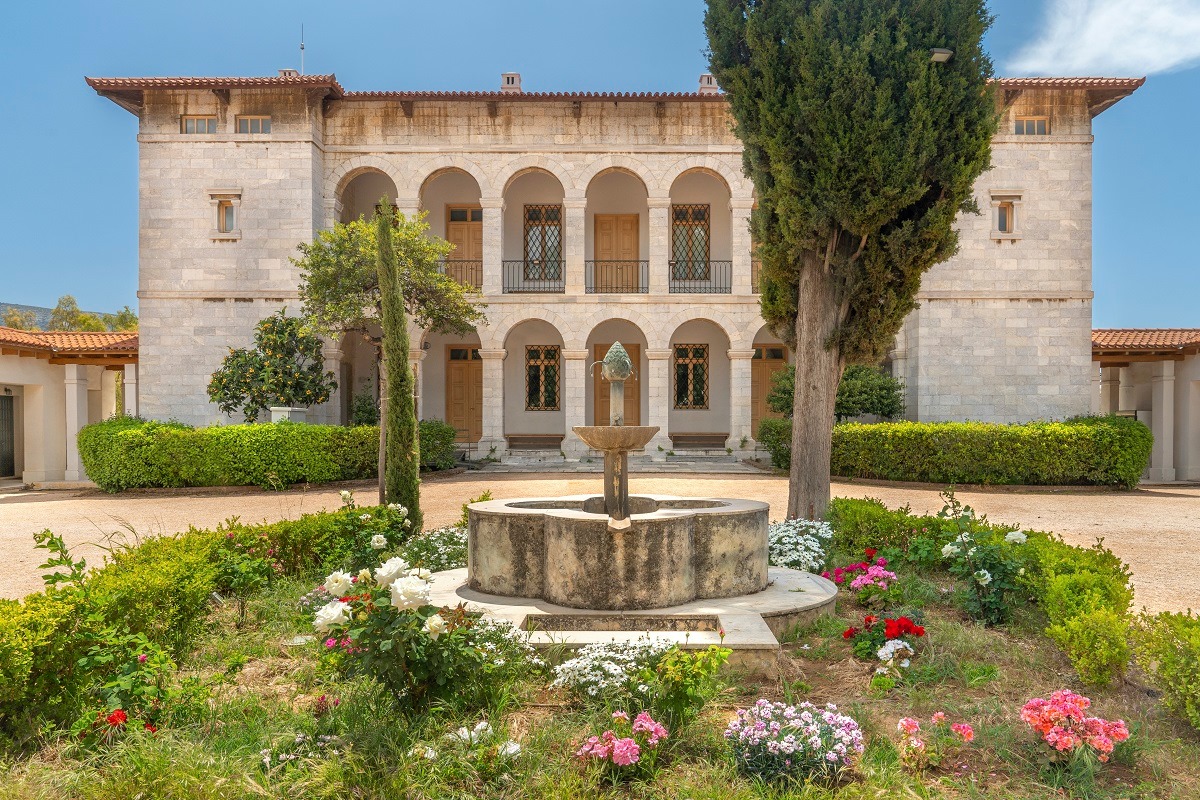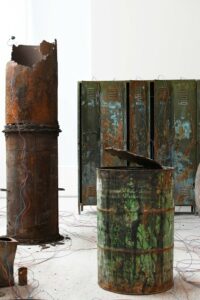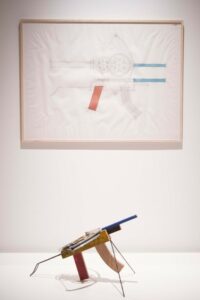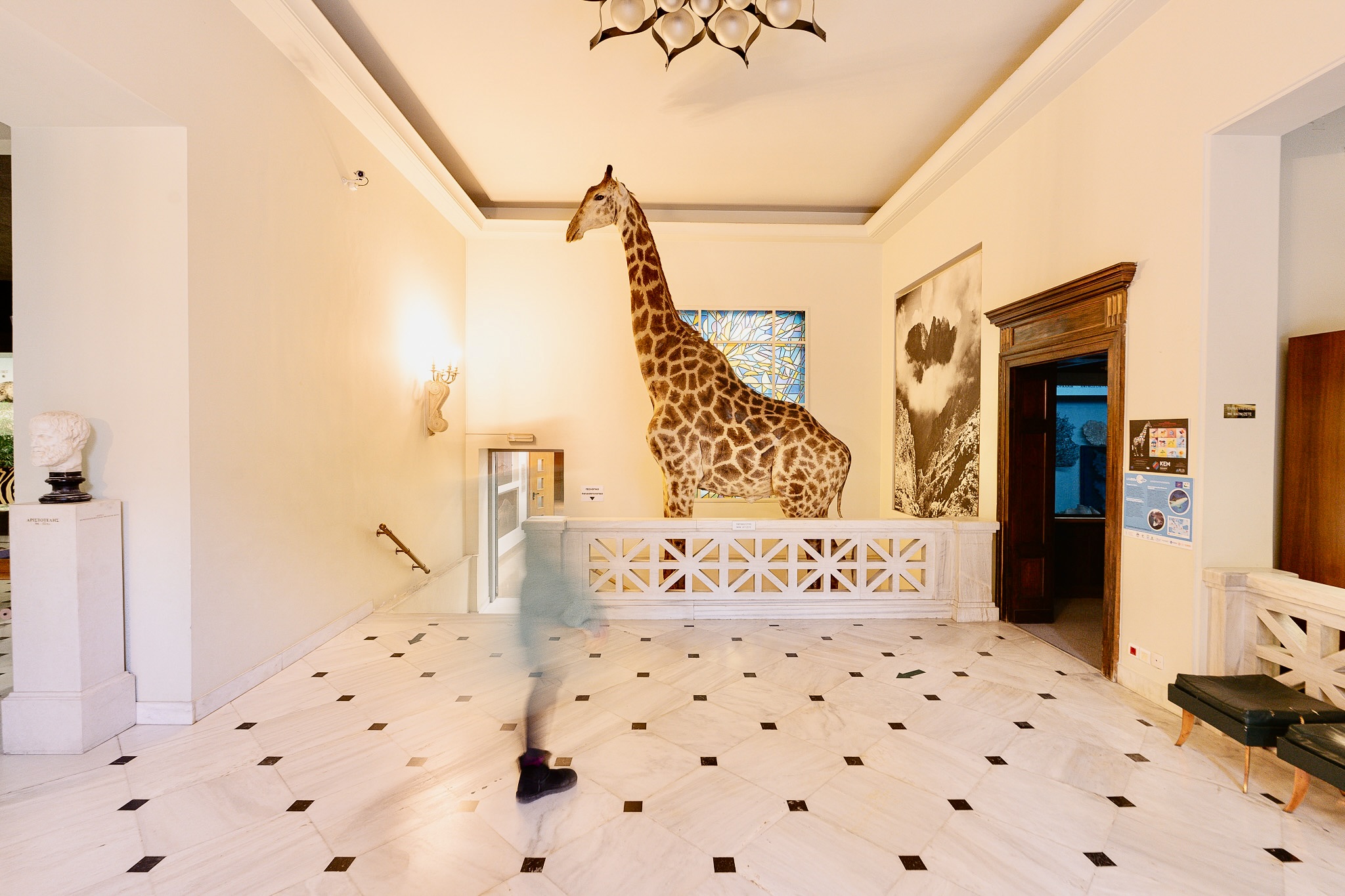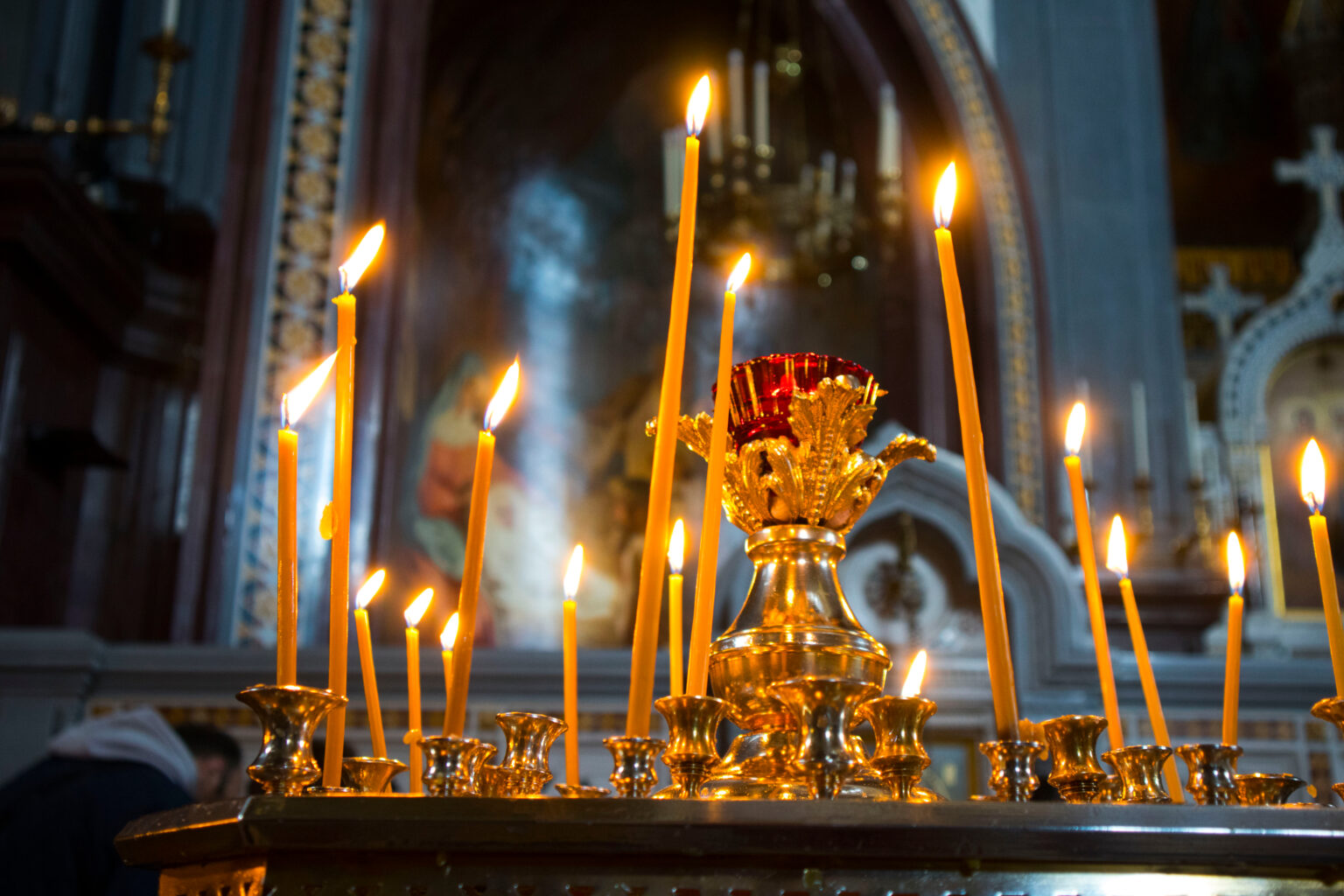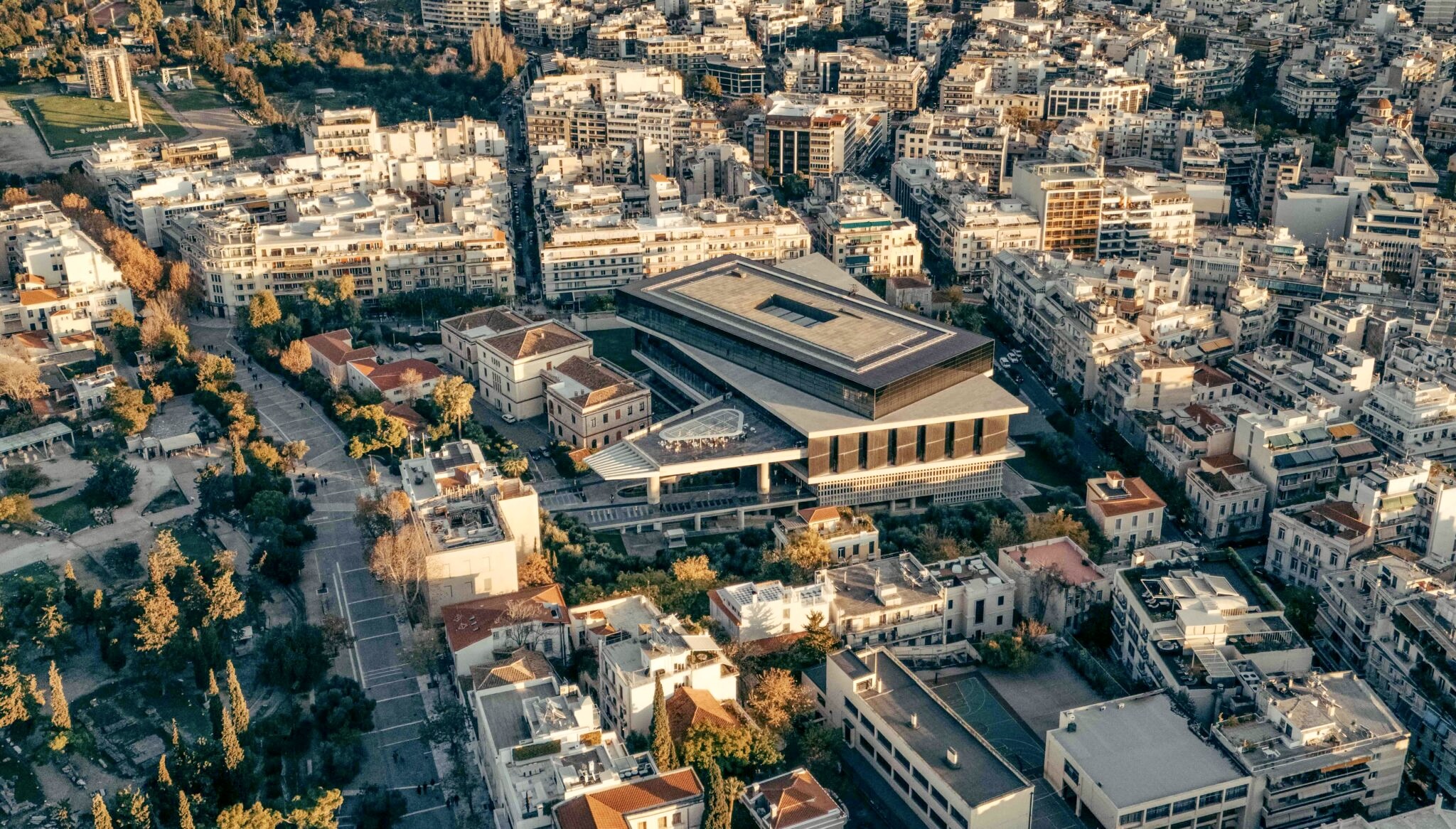The wider Athens area, an appealing destination of many features, offers over sixty museums of archaeological, historical, cultural or technological interest that can be visited throughout the year. We present six Athens museums that are ideal to visit with your family.
Acropolis Museum
Located by Athens’ most impressive pedestrian street, Dionysiou Areopagitou, the Acropolis Museum offers the ultimate Acropolis view and can be easily reached as it is just metres away from the Acropolis metro station. This world-renowned museum presents the history of the Sacred Rock and Athens in exceptional fashion. Before visiting the museum with your children, you can prepare them by entering its specially designed website for children (www.acropolismuseumkids.gr), designed for youngsters aged between 6 and 12. It features themed online games and videos on ancient Greece and the Acropolis. Booking your tickets online, through the museum website, is advised so as to avoid any queues or delays, not appreciated by children. The museum information office offers free brochures with tips on how to make your visit into an entertaining experience for children. Start with the museum courtyard and the ancient neighbourhood, superbly integrated with the museum building, and learn about human life and activities from the 4th millennium BC to the 12th century BC. Roads, houses, baths, workshops and graves offer insight into life in antiquity.
The ground-level artefacts offer information on the civilisation that developed by the Acropolis, its slanted floor resembling the uphill path reaching the top of the Sacred Hill. The glass floor surfaces enable viewing of archaeological excavations that have been carried out directly below. Heading up to the first floor, you will see a presentation of the Sacred Hill’s history from the 2nd millennium BC until the end of the ancient period, presented through four entities.
The third floor of the museum, devoted to the sculptures of the Parthenon, is arranged in a manner resembling the Parthenon’s original cella, or interior, while the relief-carved blocks of the temple’s Ionic frieze have been mounted in the same position as they held on the monument. This direct contact with the Parthenon makes the experience truly memorable. The museum’s café-restaurant is on the second floor, offering an incredible view of the Acropolis. Visitors may enjoy a coffee, drink or Greek-style cuisine before continuing their outing along the pedestrian street. Opening hours (Nov 1 – March 31): Mon-Thu, 09:00 – 17:00, Fri, 09:00 – 22:00, Sat-Sun, 09:00 – 20:00. Entrance fee €5, theacropolismuseum.gr
National Archaeological Museum
The National Archaeological Museum of Athens is housed at an impressive neo-classical building whose huge Ionic columns, galleries to the right and left, and well-kept garden predispose about what you will see inside. The museum spaces host artefacts from all over the country. It was founded in 1829, emerging as modern Greece’s first museum following liberation from Ottoman rule. The ground level, divided into thematic rooms, presents extremely interesting collections, including Mycenaean, Cycladic and Egyptian, as well as impressive sculptures such as the “Jockey of Artemision”, from Greek antiquity, and the “Sounion Kouros”, an early archaic Greek statue. The jewellery collection, one of the world’s most magnificent, featuring superb goldsmithing creations from various regions of mainland Greece and the islands; the elaborate wall paintings at the section displaying a collection of antiquities from Thera, on the second floor; as well as the display of glass creations, are all impressive.
Besides the permanent exhibitions, the museum also presents temporary exhibitions on a regular basis such as an ongoing exhibition, until January 31, titled “Glorious Victories: Between Myth and History”, staged as part of the celebration programme marking the 2,500-year anniversary of the Battle of Thermopylae and the Naval Battle of Salamis. It includes 105 ancient works and a model of the Athenian trireme of the 5th century BC. Another temporary exhibition, “Hadrian and Athens: Conversing with an Ideal World”, scheduled from November 27 to December 31, is being held in collaboration with the Italian Archaeological School of Athens to mark the 1900 years since the rise of philhellene emperor Hadrian to the throne of the Roman Empire in 117 AD. The National Archaeological Museum also organises free activities for children aged between 6 and 13 such as educational tours and workshops, during which youngsters can create their own works of art, inspired by the museum’s exhibits. Also, the museum café hosts temporary exhibitions featuring work by a variety of artists from Greece and abroad. The current exhibition, on the occasion of the 200th anniversary of the Greek Revolution, presents a series of figures representing ancient Greek heroes as well as Greek Revolution protagonists donning fustanellas, traditional pleated skirt-like garments, created specifically for this exhibition. It runs until December 15. Opening hours (Nov 1 – April ???): Tue, 13:00 – 20:00, Wed-Mon, 08:00-17:00. Entrance fee €6, namuseum.gr
Benaki Museum of Greek Culture
The Benaki Museum of Greek Culture, located in the heart of Athens, is an ideal museum for the entire family. Its collections are exceptional and include exhibits covering prehistoric, ancient Greek and Roman period art. The museum hosts magnificent ceramic artworks and figurines from the Aegean islands, Cyprus and mainland Greece, as well as jewellery and coins dating back to the Mycenaean period, from Thebes, geometric period jewellery from Macedonia, Thessaly and other locations that will impress visitors of all ages. The Hellenistic era is represented, amongst other items, by marble portraits of members of the Ptolemaic dynasty, small faience and ivory artefacts, as well as a set of gold jewellery, the most impressive of these being the “Thessaly Treasure”.
The museum’s exhibits also include discoveries from the Classical and Byzantine eras, as well as historical heirlooms from the 18th century such as swords, weapons and items belonging to Greek Revolution fighters. These include a telescope used by Greek naval commander Laskarina Bouboulina, a heroine of the Greek War of Independence; a compass used by fellow revolutionary, admiral and politician Andreas Miaoulis; a seal belonging to Ioannis Kapodistrias, independent Greece’s first head of state; pistols belonging to Lord Byron; manuscripts by esteemed poets such as Dionysios Solomos, Constantine P. Cavafy, Kostis Palamas and Angelos Sikelianos; as well as a collection of engravings and paintings by Greek and international artists. Also, keep in mind, while enjoying a coffee at the museum café, your children can participate in creative workshops involving painting and construction, based on inspiration drawn from the various exhibits. (For details, including dates, check the museum website). Opening hours: Mon, Wed, Fri, Sat, 10:00 – 18:00, Thu, 10:00 – 00:00, Sun, 10:00 – 16:00. Entrance fee €12, children’s workshops €40, benaki.org
Museum of Cycladic Art
The fascinating Museum of Cycladic Art is another museum that needs to be included on your museum list for a Sunday visit with your children. It hosts one of the most comprehensive and significant collections of Cycladic antiquities in the world, artefacts including figurines, vases, weapons and tools, as well as ceramic pieces covering all stages of the Early Cycladic period. The Cycladic civilisation that developed at the central Aegean islands during the Early Bronze Age, best exemplified by the abstract style of marble sculptures, has influenced artists such as Brancusi, Modigliani, Giacometti, Hepworth, Moore and Ai Weiwei.
The museum’s permanent collection includes a large number of marble figurines and vases, bronze items discovered at Aegean islands, as well as ceramic vases and other utensils, the majority of which date back to the 3rd millennium BC.
The museum’s current temporary exhibition, “Kallos. The Ultimate Beauty”, showcasing a series of 300 emblematic antiquities from collections in Greece and abroad, presents various aspects of the concept Kallos, or ultimate beauty, in the daily life and philosophical thinking of ancient Greece. The artefacts selected for this exhibition, primarily dated between the 7th and 1st centuries BC, include pieces from the Vatican Museum, the Archaeological Museums of Florence, Naples, Rome, Bologna, Venice, Syracuse, Catania and the National Archaeological Park of Ostia. It runs until January 16.
Children aged between 2 and 3 ½ can take part in interactive programme based on the “Kallos. The Ultimate Beauty” exhibition (14/11 & 28/11, 11:30-13:30, €12 for one child and parent or guardian).
Children aged between 4 and 5 can take part in a program titled “Travel Through Time”, activities including the creation of figurines (20/11/2021, 11:00-13:00, 21/11/2021, 11:30-13:30, 27/11/2021, 11:00-13:00, cost €12).
Children aged between 6 and 10 can take part in a museum programme titled “Environment and Contemporary Artists”, through which they will learn about the work of Mario Merz, one of the most significant artists of the Arte Povera movement, and then create their own art (20/11/2021 11:00-13:00, 28/11/2021 11:30-13:30, cost €12).
Opening hours: Mon, Wed-Fri, Sat, 10:00 – 17:00; Thu, 10:00 – 20:00; Sun, 11:00 – 17:00. Entrance fee €8, cycladic.gr
The Byzantine and Christian Museum
If you have never been to this museum, make sure you do visit. It is one of the country’s most fascinating museums and one of the world’s most prominent in the field of art and culture covering the Byzantine and Post-Byzantine periods. The museum collection numbers over 25,000 artefacts dated between the 3rd and 20th centuries, primarily from Greek, Asia Minor and Balkan areas. The museum’s permanent exhibition, titled “The Byzantine Empire”, includes five sections: “From the Ancient World to Byzantium”, “The Byzantine World”, “Intellectual and Artistic Activity in the 15th century”, “From Byzantium to the Modern Era”, and “Byzantium and modern Art”. A temporary exhibition currently being staged at the museum, titled “Lepanto (Naupactus) 1571: 450 Years Since the Greatest Victory of the Christians”, is organised in the context of the museum’s anniversary programme “From the Fall of Constantinople to the Greek Revolution, 1453-1821”, commemorating the 200th anniversary since the outbreak of the Greek War of Independence. Do not forget to get your educational material in print from the museum, offered for free. You can also participate in educational and explorative activities organised by the museum throughout the year, while the museum website offers educational games for children (ebyzantinemuseum.gr). Keep in mind the museum’s new section at the Loverdos Museum (6 Mavromihali, Athens), hosting a fascinating collection of Byzantine artefacts amassed by Kefalonian banker Dionysis Loverdos. Free-admission Christmas workshops for children are being planned here. Dates have yet to be announced.
Opening hours (main building): Mon, 09:00-17:00; Tue, 13:00-20:00; Wed-Sun, 09:00-17:00. Entrance fee €8. Loverdos Museum: Mon, 08:30-15:30; Wed-Sun, 08:30-15:30. Free entrance. byzantinemuseum.gr
National Museum of Contemporary Art
A visit to the National Museum of Contemporary Art Athens (EMST) is an ideal way to introduce children to alternative thinking and depiction of feelings, thoughts and opinions. Completely different to the aforementioned museums in terms of content, EMST presents classic art forms as they are rendered today as well as new contemporary forms. The permanent collection, covering three floors, presents 172 artworks by Greek and foreign artists, focused on the topics: Memories – Claims – Political narratives, Limits and passages and Eterotopias – Mythology of the familiar – New perspectives. Prior to commencing your exploration, pick up your free family folder, offering a guide for children and adolescents that will make their museum visit a lot more interesting.
Opening hours: Tue-Wed, Fri-Sun, 11:00-19:00; Thu, 11:00-22:00. Entrance fee €8. emst.gr



